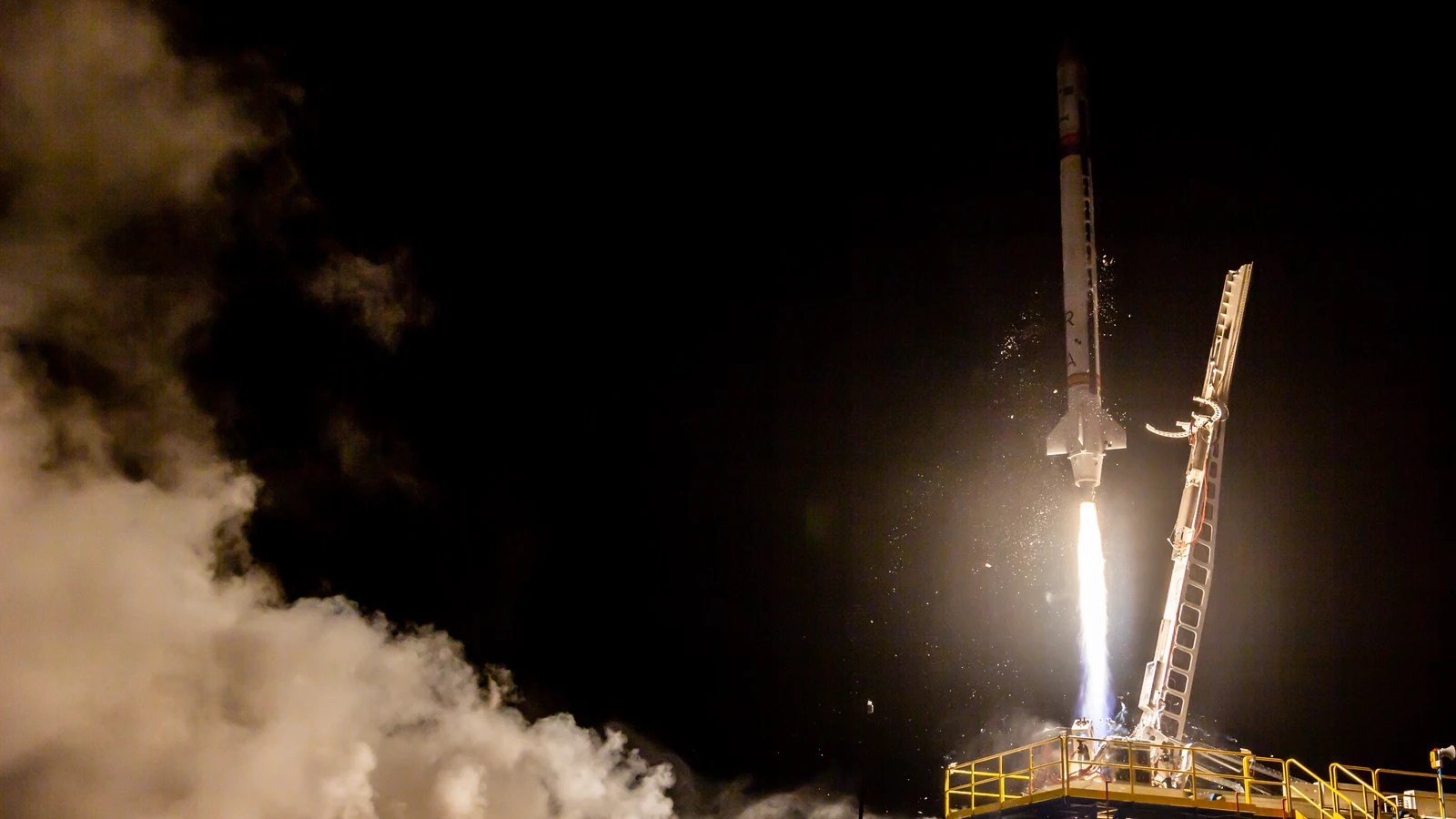The asteroid Pennu, 500 meters in diameter and one of the major space threats, could collide with Earth from 2135 onwards with “very small” probability.
NASA’s OSIRIS-REx mission was able to predict Pennu’s trajectory with 2 meters accuracy over the next few centuries.
From that moment on, the space rock crosses a “gravity hole” and changes its path directly toward Earth.
A gravitational hole is the place where the gravitational field of a planet changes. According to NASA models, humans have very few “eyes” to worry about.
“In general, we need to keep in mind that the probability of impact is very small,” David Fornoccia, lead author of the study, explained during a conference.
NASA’s Center for Material Research near Earth announced a press conference on Wednesday, announcing an important discovery whose effects will not be noticed for more than a century.
In fact, NASA has increased the odds of a catastrophic impact, although they are still very small: from now until 2300, the probability of a collision with the Earth is 1,050%, 0.057%.
The highest risk point in a day is September 24, 2182, with a probability of 0.037%.
“Now there are only two gravitational holes more than a kilometer away that we need to consider,” Bernu analyzed, although that possibility still exists when Bernu ignores the other “eyes”.
Despite the slim potential for impact, NASA has announced the DART mission, with the intention of designing a half-ton ship.
“We need to keep in mind that the risk from a single asteroid is less than the risk of undetected objects of the same magnitude. That is why NASA is making great efforts to detect more than 140% of the objects near Earth,” he concluded.
Defending the planet marks a new phase in space racing.
A few weeks ago, China planned to launch 23 rockets to orbit the asteroid Pennu, 320 million kilometers from Earth.
For its part, the United States launched the OSIRIS-REx mission in 2016 to study the pen and better understand how asteroids work.
“We have never designed the orbit of an asteroid with such precision,” Fornocia said. EFE




